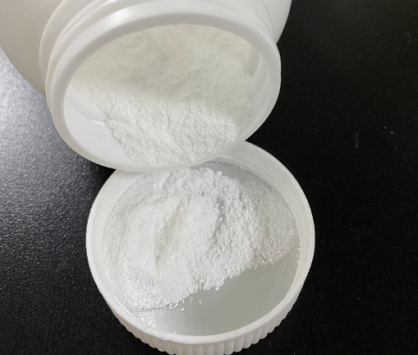| Message: | In the experiment of protein SDS-PAGE discontinuous electrophoresis, Tris HCl buffer system was used for gel making buffer, pH 6.7 for concentrated gel and pH 8.9 for separation gel, while Tris glycine buffer system was used for electrophoresis buffer. In the gel electrophoresis, the pH value of the gel is weakly acidic. Therefore, glycine can only dissociate very little. Under the action of the electric field, the efficiency of swimming is low, while the chloride ion is very high. There is a low conductivity zone between the two, and the protein molecules swim between the two. Because the conductivity is inversely proportional to the electric field strength, this band forms a higher voltage gradient, which presses the protein molecules together and condenses into a narrow band.
When the sample enters the gel, it will be alkaline due to the increase of pH in the gel. Glycine will dissociate a lot and the swimming rate will increase, directly following the chloride ion. At the same time, due to the reduction of the pore size of the gel, the protein molecules will be separated according to their inherent charge and molecular size under the action of electric field.
Therefore, the effect of pH on the whole reaction system is very important. In the case that the problem can not be solved well after excluding other factors in the experiment, we should first consider this factor. Of course, other factors can also be considered from many aspects.
Tris hydrochloric acid is prepared by mixing Tris with hydrochloric acid. Tris, such as aminobutanol, bradykinine, 2-amino-2 - (hydroxymethyl) - 1,3-propanediol, is an important raw material for Desheng production. It can also be used in other buffer systems. |
 my account
my account
 log out
log out
 my account
my account
 log out
log out
